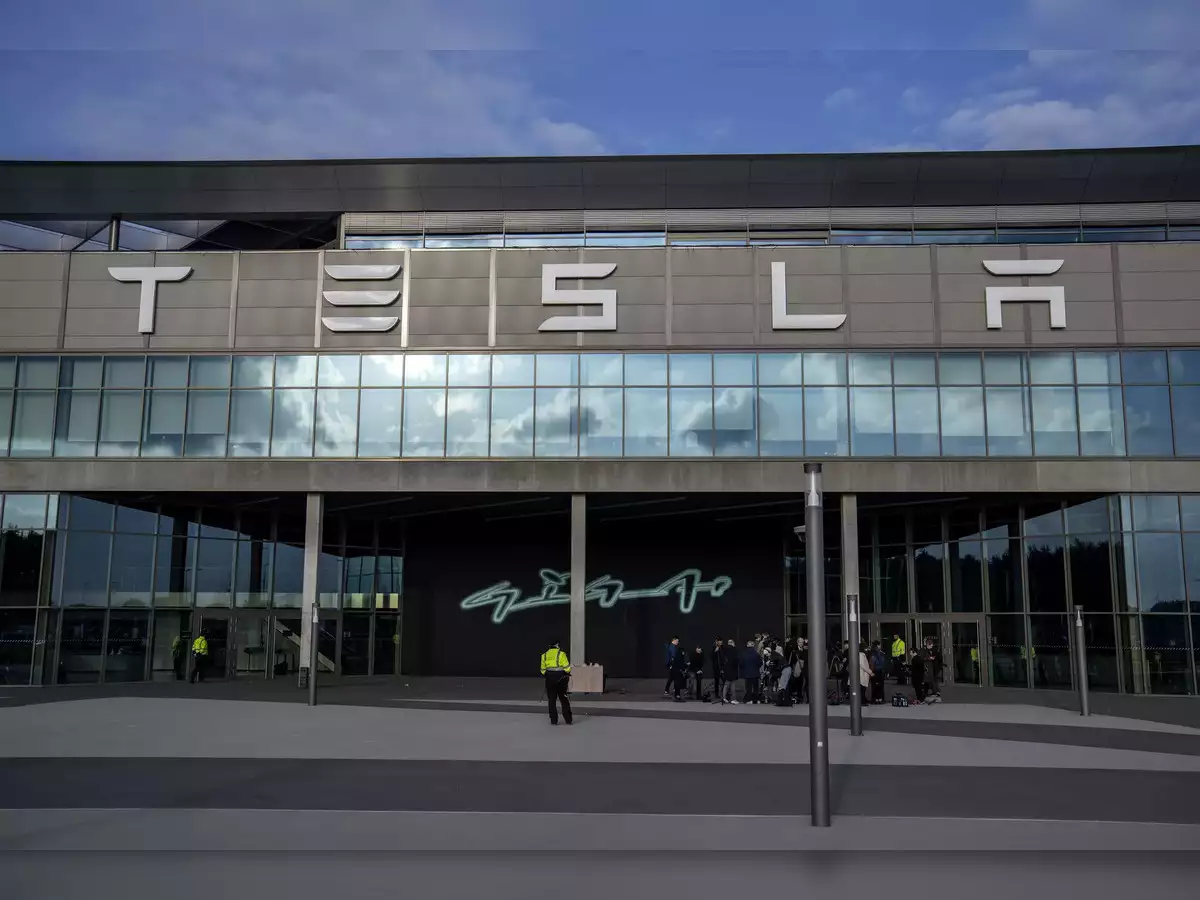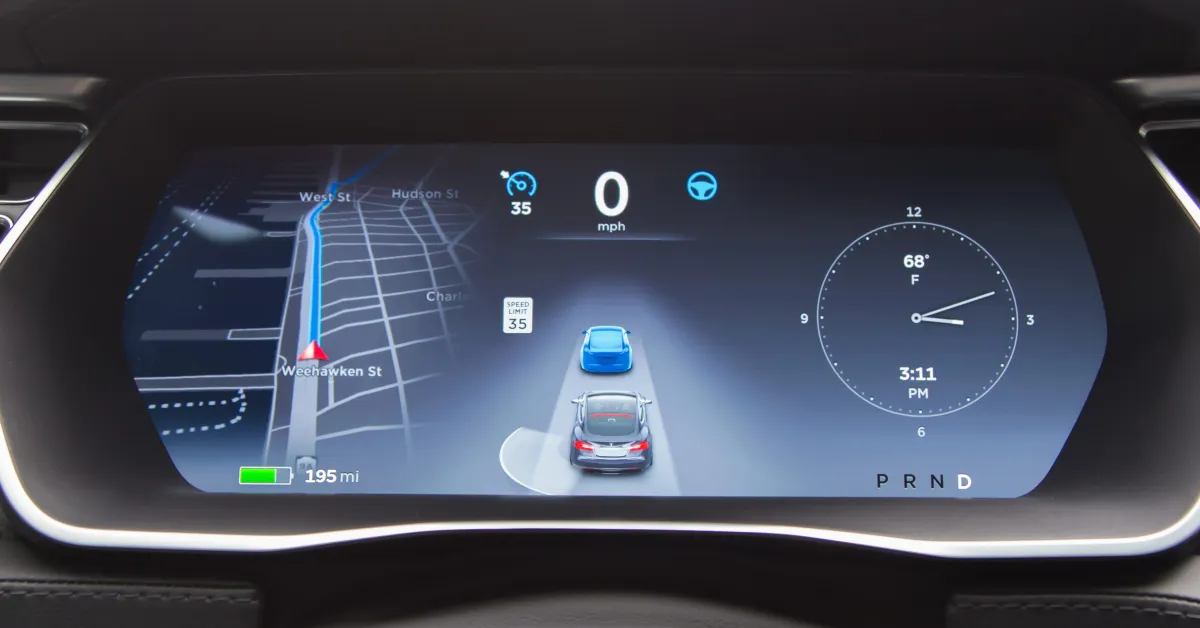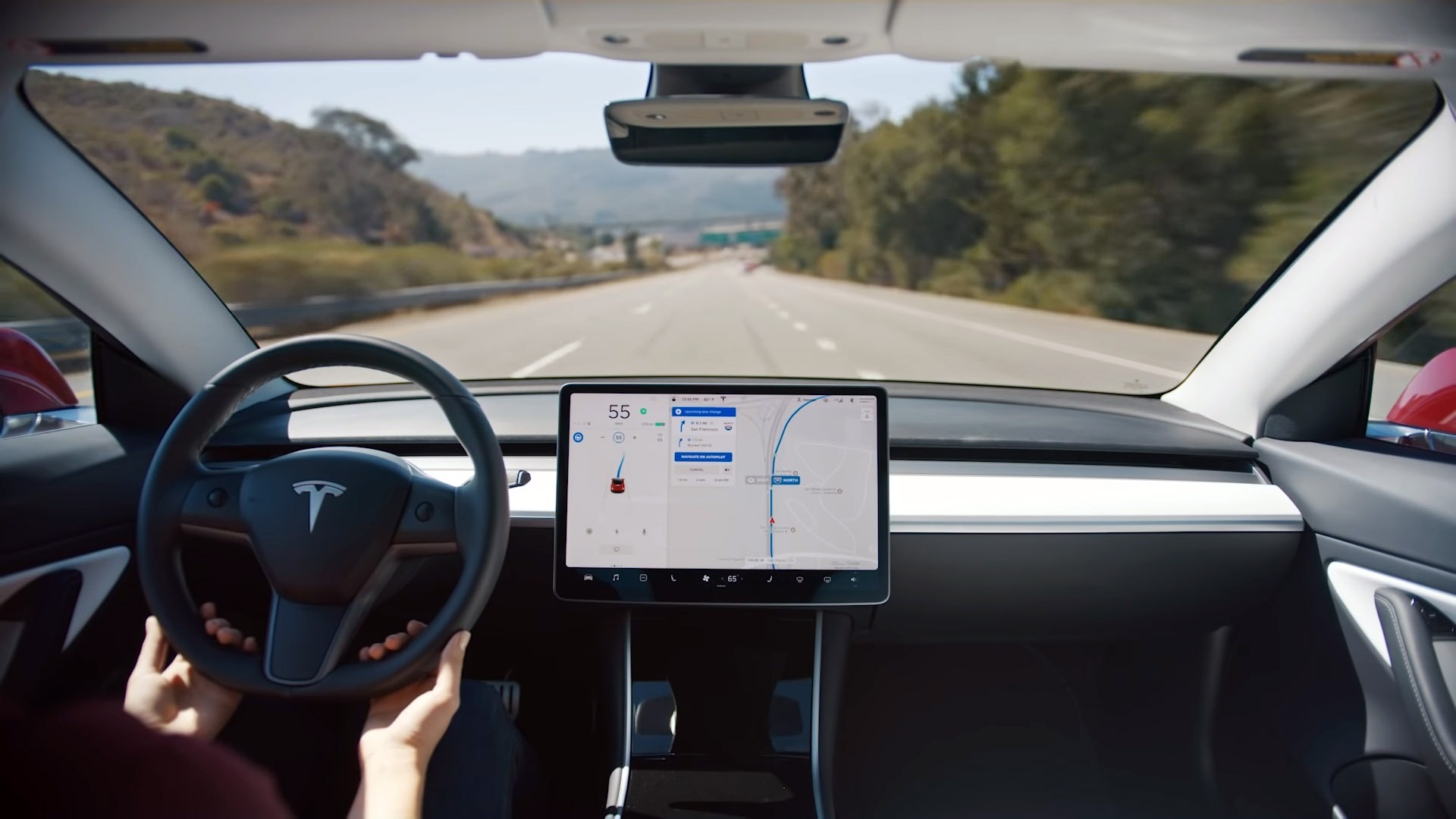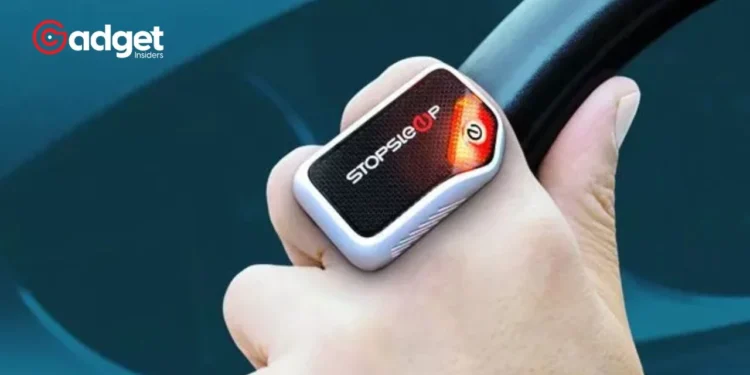In an era where technological advancements including the brand Tesla have seamlessly integrated into the fabric of daily life, the automotive industry has been at the forefront, promising a future of vehicles that can navigate the roads with minimal human intervention. However, a recent study by the Insurance Institute for Highway Safety (IIHS) has cast a shadow over these futuristic dreams, revealing a stark reality where most automated driving systems fall short of ensuring driver safety and attention.
Tesla: A Wake-Up Call for the Automotive Industry
The IIHS’s latest findings come as a stark revelation, underscoring a critical oversight in the realm of partially automated vehicles. Out of 14 cutting-edge systems tested, only Lexus’ Teammate system managed to secure an “acceptable” rating.
The rest, with the notable exception of General Motors’ Super Cruise in the GMC Sierra and Nissan’s Pro-Pilot Assist in the Ariya, including Tesla which were deemed “marginal,” have been rated as “poor.” This evaluation sends a clear message: the automotive industry has a significant road ahead in perfecting the balance between automation and safety.

“Most of them don’t include adequate measures to prevent misuse and keep drivers from losing focus on what’s happening on the road,”
David Harkey, President of the Insurance Institute for Highway Safety, emphasized the study’s intention to push automakers toward adopting more rigorous standards.
The absence of stringent regulations from the U.S. National Highway Traffic Safety Administration has left a void, one that the IIHS aims to fill with its new ratings. Tesla, a brand that promotes automated driving the most performed bad.

The Thin Line Between Assistance and Autonomy
The evolution of driving systems from mere safety features to semi-autonomous entities has blurred the lines between assistance and autonomy. Systems that initially served as aids, combining automatic emergency braking and lane centering, have evolved to afford drivers the luxury of distraction.
This shift raises significant safety concerns for Tesla, as highlighted by Harkey, who insists on the necessity of keeping drivers engaged with the task of driving.
Tesla rated ‘poor’ in automated driving safety test, with only 1 out of 14 manufacturers given ‘acceptable’ score. https://t.co/BAOF12qXGu
— Dave 🇺🇸 🏳️🌈 🇺🇦 (@Davedwdes) March 13, 2024
The marketing of these systems further complicates the issue, with some automakers portraying their products as fully autonomous. This misrepresentation can lead to dangerous misinterpretations of the technology’s capabilities.
According to IIHS, the ideal system should vigilantly monitor a driver’s focus, ensuring their eyes remain on the road and their hands are ready to take control when needed. However, the study found that none of the 14 systems including Tesla completely met these criteria, although Ford’s system showed promise.
IIHS: Automakers Respond to the Call for Safety
Despite the sobering results, there is a silver lining. The Insurance Institute for Highway Safety report has spurred several automakers into action, with many preparing updates, many of which can be achieved through software enhancements.
Tesla, Toyota, GM, and Nissan have all acknowledged the importance of the IIHS ratings, expressing their commitment to safety and their willingness to work with the institute for improvements. Mercedes and BMW have also responded, though BMW’s disagreement with the IIHS’s approach to driver monitoring suggests a philosophical divide on the issue.

Looking Ahead: The Road to Safer Automation
As the automotive industry continues to navigate the complexities of integrating automation with safety, the IIHS’s recent study serves as a crucial checkpoint. It not only highlights the current shortcomings in automated driving systems but also sets the stage for a future where safety is not sacrificed at the altar of innovation.
The journey towards fully autonomous vehicles is far from over, but with continued scrutiny and collaboration, the dream of a safe, automated driving experience remains within reach.










